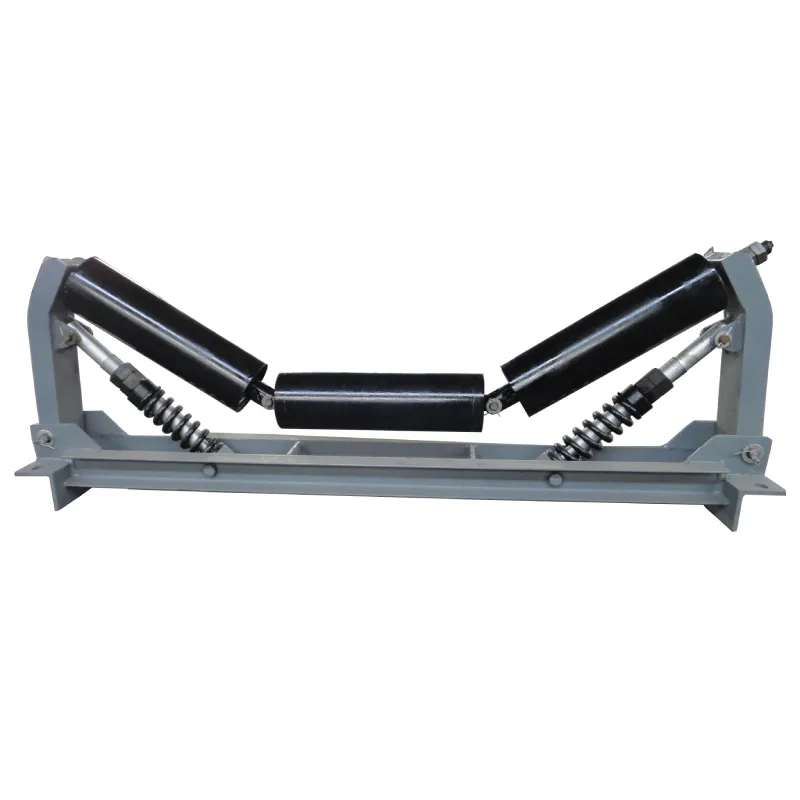 Afrikaans
Afrikaans  Albanian
Albanian  Amharic
Amharic  Arabic
Arabic  Armenian
Armenian  Azerbaijani
Azerbaijani  Basque
Basque  Belarusian
Belarusian  Bengali
Bengali  Bosnian
Bosnian  Bulgarian
Bulgarian  Catalan
Catalan  Cebuano
Cebuano  Corsican
Corsican  Croatian
Croatian  Czech
Czech  Danish
Danish  Dutch
Dutch  English
English  Esperanto
Esperanto  Estonian
Estonian  Finnish
Finnish  French
French  Frisian
Frisian  Galician
Galician  Georgian
Georgian  German
German  Greek
Greek  Gujarati
Gujarati  Haitian Creole
Haitian Creole  hausa
hausa  hawaiian
hawaiian  Hebrew
Hebrew  Hindi
Hindi  Miao
Miao  Hungarian
Hungarian  Icelandic
Icelandic  igbo
igbo  Indonesian
Indonesian  irish
irish  Italian
Italian  Japanese
Japanese  Javanese
Javanese  Kannada
Kannada  kazakh
kazakh  Khmer
Khmer  Rwandese
Rwandese  Korean
Korean  Kurdish
Kurdish  Kyrgyz
Kyrgyz  Lao
Lao  Latin
Latin  Latvian
Latvian  Lithuanian
Lithuanian  Luxembourgish
Luxembourgish  Macedonian
Macedonian  Malgashi
Malgashi  Malay
Malay  Malayalam
Malayalam  Maltese
Maltese  Maori
Maori  Marathi
Marathi  Mongolian
Mongolian  Myanmar
Myanmar  Nepali
Nepali  Norwegian
Norwegian  Norwegian
Norwegian  Occitan
Occitan  Pashto
Pashto  Persian
Persian  Polish
Polish  Portuguese
Portuguese  Punjabi
Punjabi  Romanian
Romanian  Russian
Russian  Samoan
Samoan  Scottish Gaelic
Scottish Gaelic  Serbian
Serbian  Sesotho
Sesotho  Shona
Shona  Sindhi
Sindhi  Sinhala
Sinhala  Slovak
Slovak  Slovenian
Slovenian  Somali
Somali  Spanish
Spanish  Sundanese
Sundanese  Swahili
Swahili  Swedish
Swedish  Tagalog
Tagalog  Tajik
Tajik  Tamil
Tamil  Tatar
Tatar  Telugu
Telugu  Thai
Thai  Turkish
Turkish  Turkmen
Turkmen  Ukrainian
Ukrainian  Urdu
Urdu  Uighur
Uighur  Uzbek
Uzbek  Vietnamese
Vietnamese  Welsh
Welsh  Bantu
Bantu  Yiddish
Yiddish  Yoruba
Yoruba  Zulu
Zulu Conveyor Belt Drive Pulley Systems for Efficient Material Handling Solutions
Understanding Conveyor Drive Pulley An Essential Component in Material Handling Systems
In the realm of material handling, conveyor systems play a pivotal role in transporting goods efficiently across various industries. At the heart of these conveyor systems lies an essential component known as the conveyor drive pulley. This article delves into the significance, functionality, and types of drive pulleys, shedding light on their crucial role in ensuring the smooth operation of conveyor systems.
What is a Conveyor Drive Pulley?
A conveyor drive pulley is a cylindrical component that serves as the primary mechanism for driving the conveyor belt. It is typically mounted at the tail end of the conveyor or at the head where loading takes place. The drive pulley is connected to a motor, which provides the necessary torque to move the conveyor belt and materials along its path.
Importance of Drive Pulleys
Drive pulleys are integral to the efficient operation of conveyor systems. They not only provide the motion necessary to transport materials but also assist in maintaining proper tension in the conveyor belt. A well-functioning drive pulley ensures that the belt remains taut, reducing slippage and wear, which can lead to operational delays and increased maintenance costs.
Moreover, the reliability of the conveyor system is heavily dependent on the quality of the drive pulley. High-quality pulleys reduce the risk of breakdowns, ensuring continuous operation and minimizing downtime. This reliability is particularly crucial in industries such as mining, manufacturing, and logistics, where any disruption can significantly impact productivity and profitability.
Types of Conveyor Drive Pulleys
conveyor drive pulley

There are several types of drive pulleys, each designed for specific applications. The most common types include
1. Lagged Drive Pulleys These pulleys feature a rubber or other material coating that enhances friction between the pulley and the conveyor belt, providing better traction. They are widely used in heavy-duty applications where slippage is a concern.
2. Crowned Pulleys These pulleys have a slight convex shape, designed to help keep the conveyor belt centered. The crown shape encourages the belt to self-center during operation, reducing the likelihood of misalignment and wear.
3. Wing Pulleys Wing pulleys have a unique design with wings that create a channel for material to fall off and reduce buildup. This design is particularly useful in applications where the risk of material accumulation is high, such as in aggregate handling.
4. High-Performance Pulleys These are specially engineered pulleys designed to withstand extreme conditions, including high speeds and heavy loads, ensuring longevity and performance in demanding environments.
Conclusion
In summary, the conveyor drive pulley is a vital component that significantly impacts the efficiency and reliability of conveyor systems. Understanding its functionality, types, and importance helps in making informed decisions regarding the selection and maintenance of these pulleys. As industries continue to evolve and demand more efficient material handling solutions, the role of conveyor drive pulleys will remain critical in driving operational success. Whether you are in mining, manufacturing, or logistics, investing in high-quality drive pulleys can lead to enhanced productivity and reduced operational costs.
-
Revolutionizing Conveyor Reliability with Advanced Rubber Lagging PulleysNewsJul.22,2025
-
Powering Precision and Durability with Expert Manufacturers of Conveyor ComponentsNewsJul.22,2025
-
Optimizing Conveyor Systems with Advanced Conveyor AccessoriesNewsJul.22,2025
-
Maximize Conveyor Efficiency with Quality Conveyor Idler PulleysNewsJul.22,2025
-
Future-Proof Your Conveyor System with High-Performance Polyurethane RollerNewsJul.22,2025
-
Driving Efficiency Forward with Quality Idlers and RollersNewsJul.22,2025





























